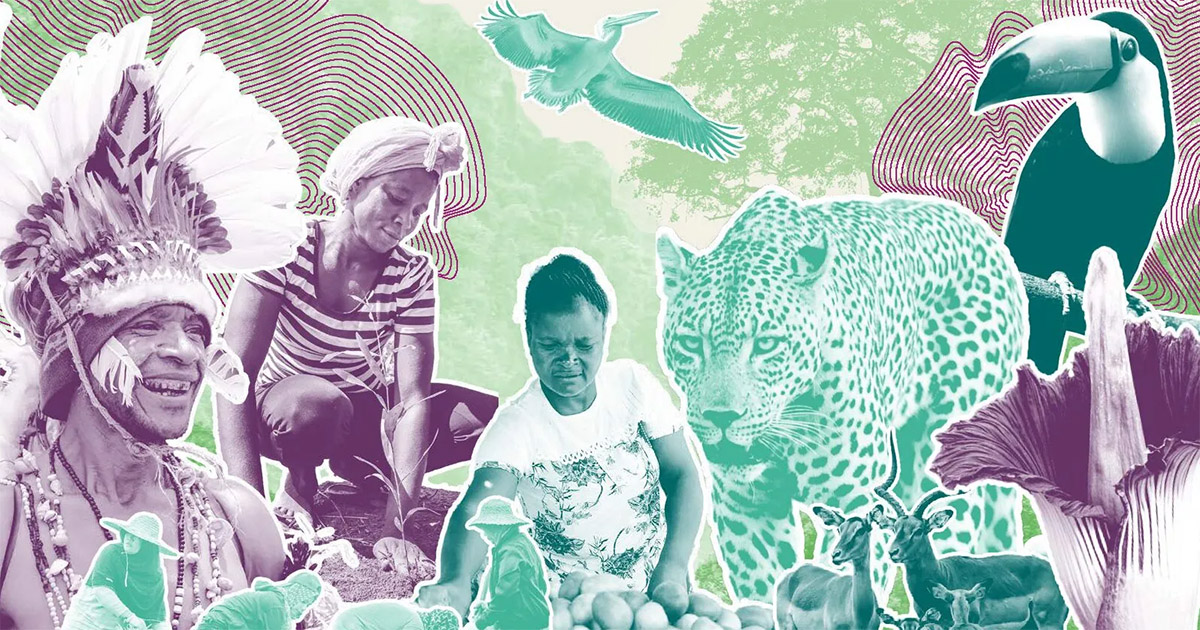The Asian elephant (Elephas maximus) is an ecologically important species in the forest ecosystem of Laos. The species is endangered and on the edge of extinction owing to illegal hunting, destruction of elephant habitat, and forest degradation. Payment for conservation could be one of the potential mechanisms to enhance Asian Elephant conservation efforts. This paper aims to estimate local residents’ Willingness to Pay (WTP) for conservation of the Asian elephant in Nakai-Nam Theun National Park (NNT NP) in Laos, which is a recognised “Key Biodiversity Area” within the Indo-Burma biodiversity hotspot. The data were collected using a self-administered questionnaire survey, with a total of 490 respondents living adjacent to the NNT NP, covering seven villages in two districts in Khammouane Province, Laos. The study employed the Contingent Valuation Method (CVM) to identify the factors affecting WTP. The results showed that respondents were willing to pay a significant amount of money in the form of increasing activities for conservation and protection of NNT NP. Mean WTP for the conservation of the Asian elephant was $8 per household per year. Approximately 62% (303 local people) of the respondents were willing to pay for the conservation of the Asian elephant. The research findings will be helpful for planners and decision makers to formulate better future strategies for conservation of Asian elephants in Laos and in similar developing countries in the Southeast Asia region.
Download:
DOI:
https://doi.org/10.4236/ojbm.2022.103063
Dimensions Citation Count:

Publication year
2022
Authors
Chanthasene, S.; Wanneng, P.; Phimmavong, S.; Baral, H.; Wayakone, S.
Language
English
Keywords
willingness to pay, elephants, forest ecosystems, ecosystem management, ecosystem services, biodiversity conservation, household surveys
Geographic
Lao People's Democratic Republic
























